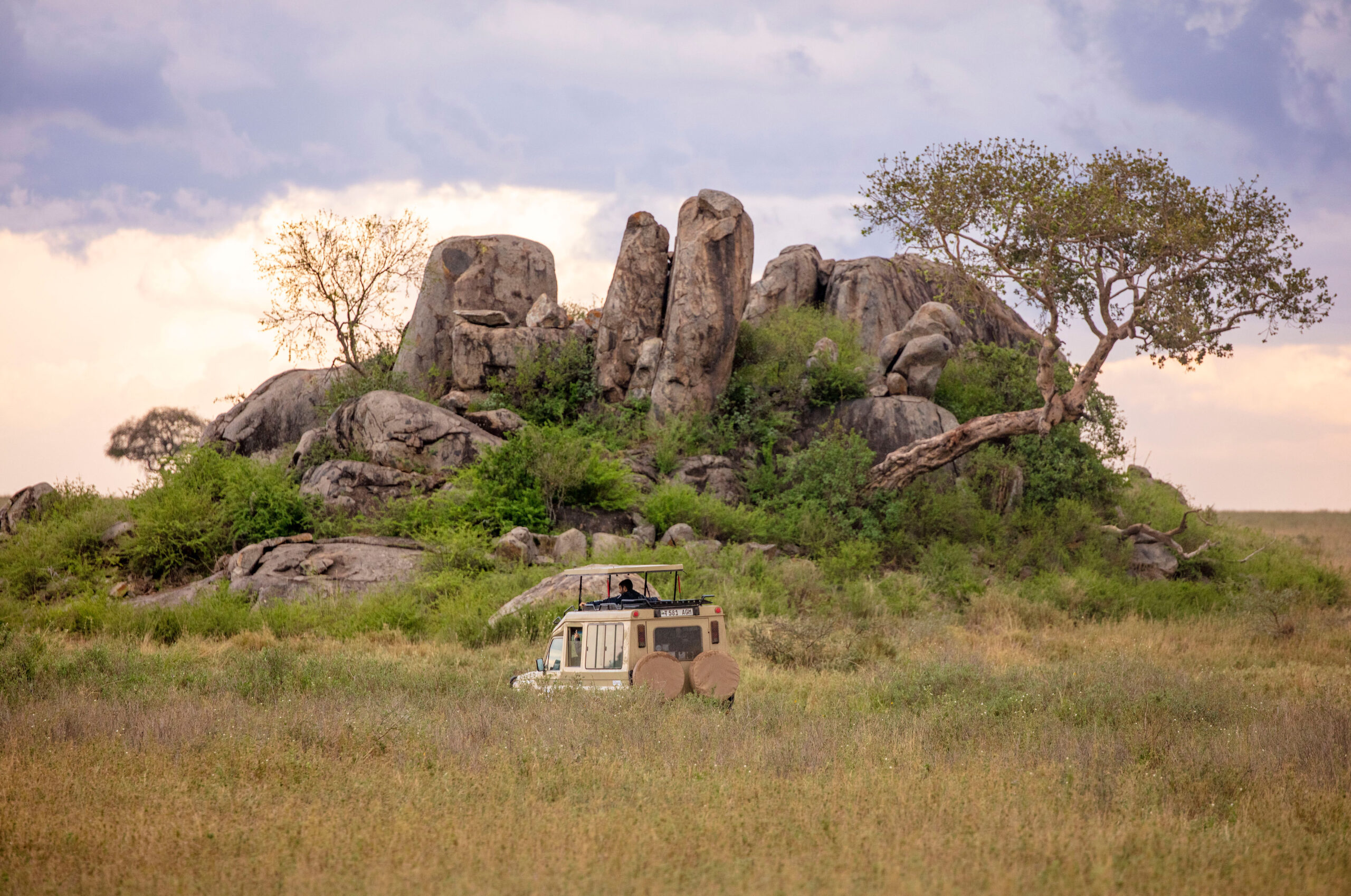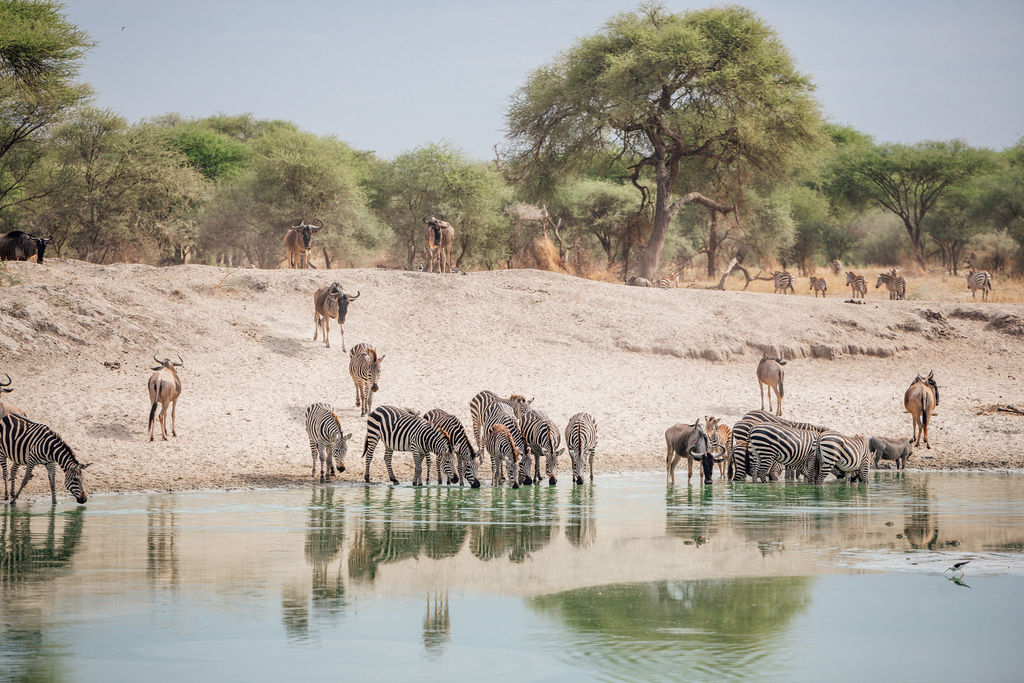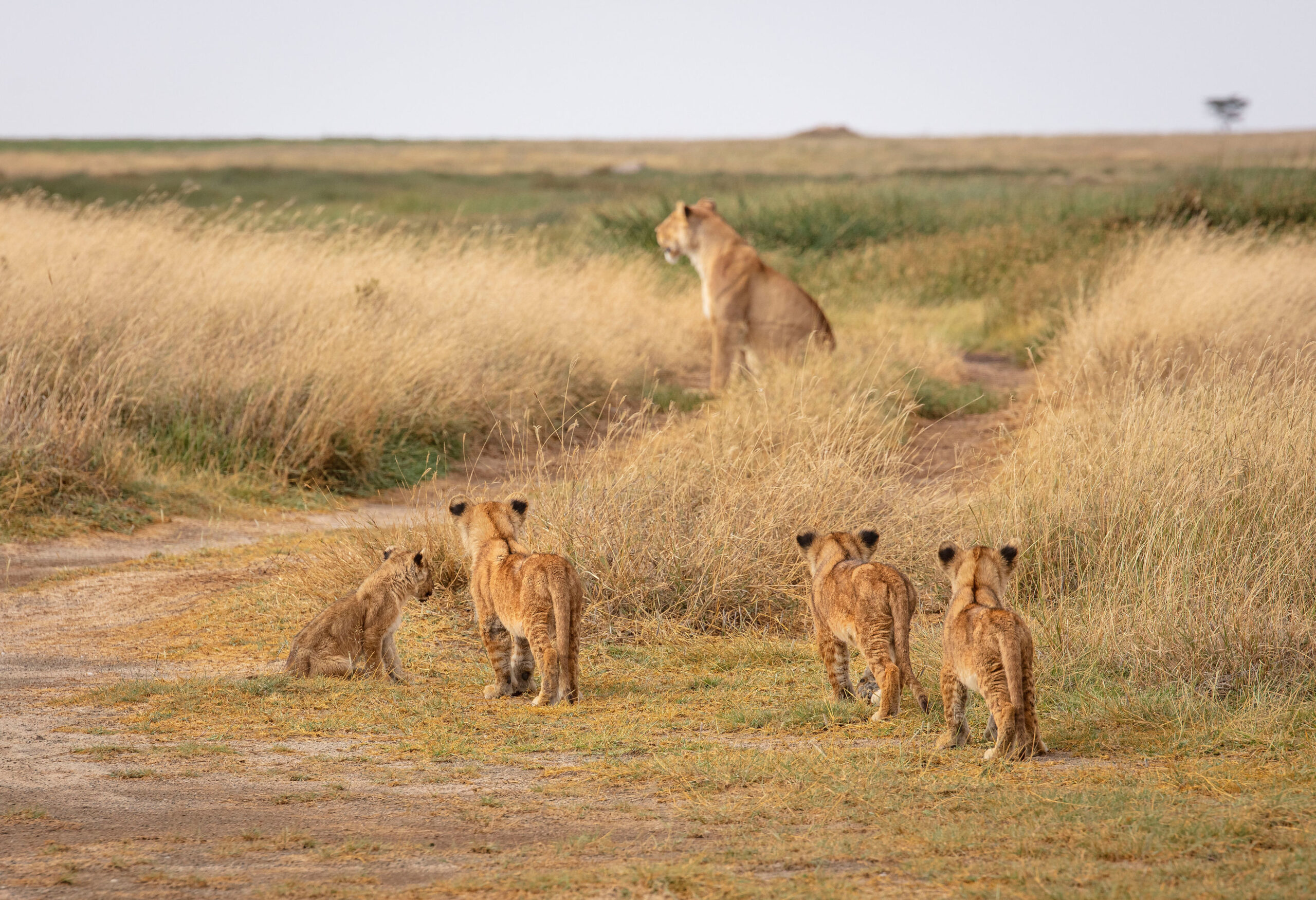RUAHA NATIONAL PARK
- Best Time: June to October
- High Season: July to September
Ruaha National Park is one of Tanzania’s best-kept secrets, offering an authentic and uncrowded safari experience. As the largest national park in Tanzania, it spans over 20,000 square kilometers and is part of the larger Rungwa-Kizigo-Muhesi ecosystem. Known for its rugged landscapes, diverse wildlife, and remote location, Ruaha is a paradise for nature lovers and adventure seekers. The park is named after the Great Ruaha River, which flows through its southeastern region, providing a lifeline for the animals and creating stunning scenery. With its vast baobab-studded plains, rolling hills, and dramatic rocky outcrops, Ruaha is a photographer’s dream and a haven for those seeking a true wilderness experience.
Ruaha National Park has a semi-arid climate, characterized by distinct wet and dry seasons. The dry season runs from June to October, offering sunny days, cooler temperatures, and minimal rainfall. This is the best time for wildlife viewing, as animals gather around water sources like the Ruaha River. Daytime temperatures during this period range from 25°C to 30°C (77°F to 86°F), while nights can be cooler, dropping to around 15°C (59°F).
The wet season, from November to May, transforms the park into a lush, green landscape. While the rain can make some roads impassable, this season is ideal for birdwatching, as migratory birds flock to the area. January and February are particularly hot, with temperatures reaching up to 35°C (95°F). If you visit during the wet season, be prepared for occasional afternoon showers and muddy trails.
Ruaha National Park offers a wide range of activities for visitors:
- Game Drives: Explore the park’s diverse ecosystems and spot iconic African wildlife, including elephants, lions, leopards, cheetahs, and wild dogs. Ruaha is home to one of the largest elephant populations in East Africa.
- Walking Safaris: Experience the thrill of walking through the bush with an experienced guide. This is a fantastic way to appreciate the smaller details of the ecosystem, from tracks and plants to insects and birds.
- Birdwatching: With over 570 bird species, Ruaha is a birdwatcher’s paradise. Look out for species like the crested barbet, African fish eagle, and yellow-collared lovebird.
- Cultural Visits: Engage with local communities and learn about the traditions and lifestyles of the Hehe and Barabaig tribes.
- Photography: Capture the park’s stunning landscapes, dramatic sunsets, and abundant wildlife. The baobab trees and rocky outcrops make for incredible backdrops.
The best time to visit Ruaha National Park depends on your interests. For optimal wildlife viewing, plan your trip during the dry season (June to October). During this time, animals congregate around the Ruaha River and other water sources, making them easier to spot. The vegetation is also less dense, improving visibility.
If you’re a bird enthusiast or prefer lush, green landscapes, the wet season (November to May) is ideal. However, keep in mind that some areas of the park may be inaccessible due to heavy rains.
Ruaha is relatively remote, but getting there is part of the adventure. The most common way to reach the park is by flying into one of its airstrips, such as Msembe or Jongomero. Several domestic airlines operate scheduled flights from Dar es Salaam, Arusha, or Zanzibar. The flight offers breathtaking aerial views of Tanzania’s landscapes.
For those who prefer a road trip, Ruaha is accessible by car from Iringa town, which is about a 2-3 hour drive away. The journey takes you through scenic rural areas, but a 4×4 vehicle is recommended due to the rough terrain.
Ruaha National Park offers a variety of accommodation options to suit different budgets and preferences:
- Luxury Lodges: For a high-end experience, consider staying at Jongomero Camp or Ruaha River Lodge. These lodges offer luxurious tents, gourmet meals, and guided safari activities.
- Mid-Range Camps: Options like Mdonya Old River Camp or Tandala Tented Camp provide comfortable accommodations with a focus on eco-friendly practices.
- Budget Campsites: If you’re traveling on a budget, public campsites within the park offer basic facilities and a chance to immerse yourself in nature.
Suggested Ruaha Np Tours

Private Tour
Mid-range
Lodge & Tented
5/5 (10 Reviews)
- 5 Days
You Visit: Zanzibar (Start), Mikumi National Park, Zanzibar (End)

Private Tour
Mid-Range
Lodge & Tented
5/5 (07 Reviews)
- 7 Days
You Visit: Arusha(Start), Serengeti National Park, Tarangire NP, Ngorongoro, Arusha (End)

Private Tour
Mid-Range
Lodge & Tented
5/5 (12 Reviews)
- 2 Days
You Visit: Arusha (Start), Ngorongoro Crater Tarangire National Park, Arusha (End)


